What is pandan, and how do you use it in Thai and Asian cooking? Learn about this tropical plant with wonderful green leaves and a lovely scent that is well-loved throughout Southeast Asia!

Learn how to use pandan juice and extract using this recipe. Then use your pandan juice in this pandan coconut jelly recipe.
Thai recipes using pandan leaves, Thai coconut sticky rice, Thai kabocha squash dessert in coconut milk, Thai pandan custard, black grass jelly and brown sugar syrup with pandan leaves.
In Asian cooking, pandan leaves are a special ingredient that adds a delicious flavor, a nice smell, and a pretty green color to many dishes.
Jump to:
Pandanus or Screwpine
Pandanus (pandanus amaryllifolius), also known as Screwpine, is a plant with spiky leaves. It is commonly known as pandan and has a unique aroma and flavor. The essential oil in its leaves is responsible for its distinctive scent and taste.
What do Pandan Leaves Look Like?
Pandan leaves are long and thin, like palm leaves. They grow in large clumps, but each leaf is not attached to a branch. Their sizes range from 1 foot to 3-4 feet tall.
Their leaves are fibrous and hardy, which makes them perfect for wrapping food.
Look at how large and healthy these fresh pandan leaves are compared to my daughter's size! (Image below).
Hopefully, this gives you a good idea of what to look for when you head to the Asian markets to buy them.

How to Use Pandan Leaves
When used in cooking, pandan makes Thai food taste and smell better, especially in sweet and coconut milk dishes. Here are some different ways pandan is used in Thai and Asian cooking.
1. Add Flavor and Color to Desserts and Drinks
The bright green hue of the leaves adds a pleasant and natural coloring to food, making pandan a popular ingredient for desserts and drinks.
- Make pandan juice for a green color and unique taste.
- Use it in desserts, drinks, and even savory dishes.
2. Flavor Rice Dishes
Put wrapped pandan leaves in while cooking rice for a nice smell. In Thai dishes, pandan is often paired with coconut milk and stir-fries.
3. Wrap Food
Wrap your food with pandan leaves to give it a special aroma, like the Thai pandan chicken. The long, sturdy leaves are excellent for wraps like cupcake holders to wrap and hold food in.
4. In Curries
Put pandan leaves in curries to make them taste even better.
5. In Soups
Pandan leaves are added to famous Thai soups like boat noodle soup.
6. In Tea
Pandan tea is very comforting and refreshing. The leaves are healthy and have a sweet smell that helps relax tired minds and bodies.
In Thailand, they serve pandan tea to guests at fancy spas and restaurants.
7. In baking
Pandan powder is great for baking, especially cakes, bread, and cookies, because it gives them a bright green color.
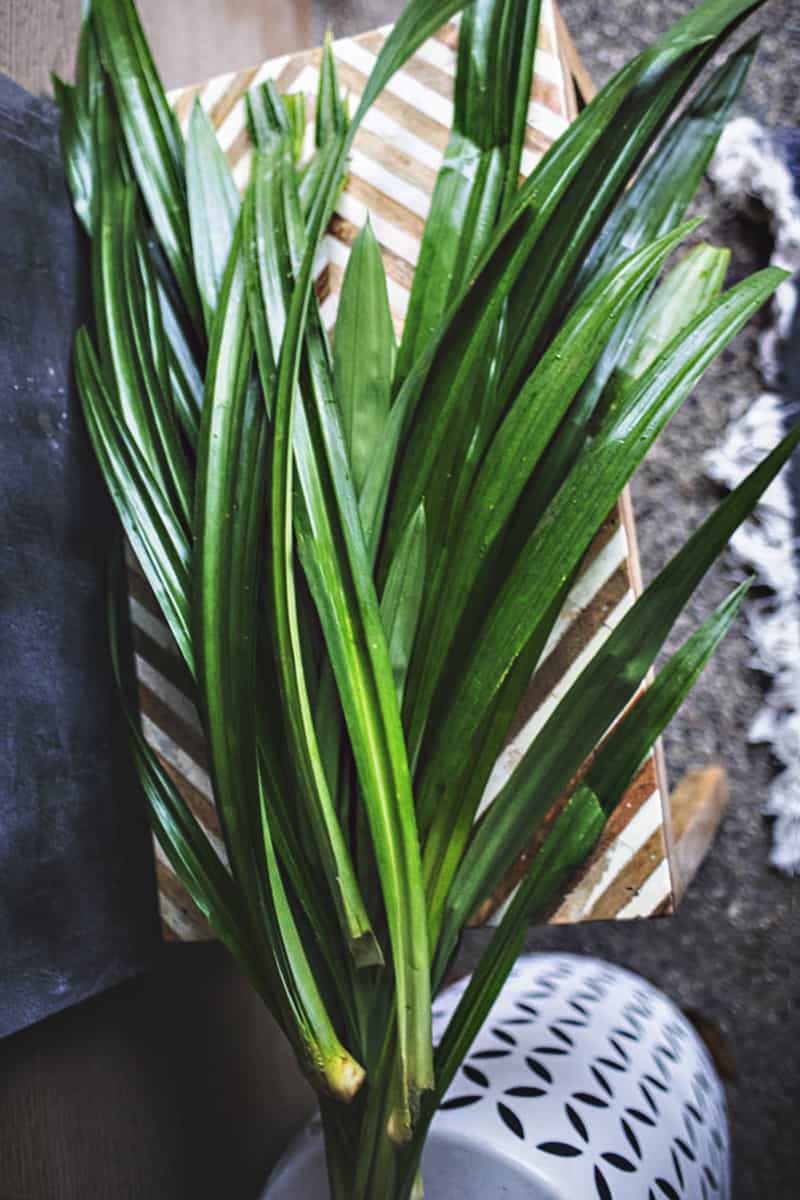
Where to Buy Pandan Leaves and Pandan Essence
Pandan leaves can be found in specialty markets or Asian grocery stores. Fresh leaves are difficult to find. Frozen ones are more readily available in the freezer section.
Additionally, pandan essence or pandan essential oil is available in Asian markets.
Pandan Benefits
While pandan adds a delightful taste and aroma to dishes, it is also believed to offer potential health benefits.
Scientific research has explored its properties, including its use in managing arthritis pain and easing joint pain with its high potency of antioxidants. Read more about pandan medical benefits here.
Storage Tips
- You can store fresh pandan leaves like flowers in a vase at room temperature for 4-5 days.
- Another option is to keep fresh pandan leaves in a bag in the refrigerator.
- To keep the leaves fresh, wrap the base and bottom 4-5 inches with damp paper towels. Then, loosely tie a plastic wrap and rubber band around the damp paper. This method will keep the leaves in the fridge for up to 7 days.
- If you have unused frozen pandan leaves, place them in a zip lock bag and seal it tightly. They can be kept in the freezer for 6-8 months.
Interesting Facts
In Bangkok, Thailand, taxi drivers use fresh pandan leaves to make their vehicles smell amazing. These leaves act like a wonderful air freshener that can revive your senses, especially after enduring the heavy traffic of Bangkok.
It's like adding an extra touch of freshness to your ride.
If you can find fresh pandan leaves, place them in a vase as a flower arrangement. Not only are they stunning leaves, but the aroma will fill up your room with sweet aroma!
Thai Recipes Using Pandan Leaves
These select dishes use pandan leaves to infuse flavors and aromas and add natural colors.
- Mango sticky rice
- Rice dishes like Jasmine rice, coconut rice, and Nasi Lemak
- Pandan leaf powder is used for tea, cooking, natural food coloring, or baking.
- Pandan extract is used in sweet dishes.
- In desserts like Pandan agar jelly, pandan custard, and pandan chiffon cakes.

Frequently Asked Questions
Pandan plants can not be grown in water. Sometimes, It can be propagated in a glass of water. However, it thrives in rich tropical climates, growing the best in those soil types.
Pandan has a unique taste, often described as sweet and floral.
The English name for pandan is Screwpine.
Fresh Pandan leaves have a fragrant and pleasant aroma.
While distinct from vanilla, pandan is valued for its unique flavor profile.
**Love a recipe you've tried? Please leave a 5-star rating in the recipe card below and a review in the comments section further down the page. Or follow me on Facebook, Pinterest, or Instagram!**
** Thank you so much for visiting my blog! This is truly a passion for me. If you have enjoyed these recipes and appreciate the hard work I put into them, I would love it if you would share them with your friends! Your recommendation is the highest review I could hope for, and I’d appreciate it! **
Related
Looking for other recipes like this? Try these:
Recipes Using Pandan
Check out these recipes using pandan leaves.

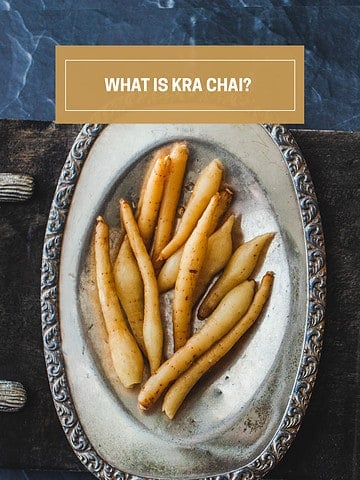
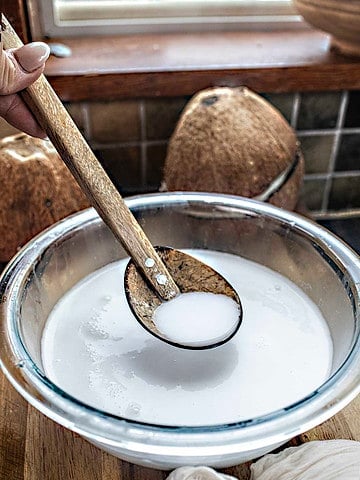

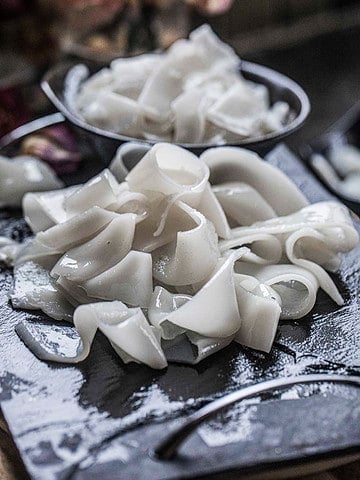
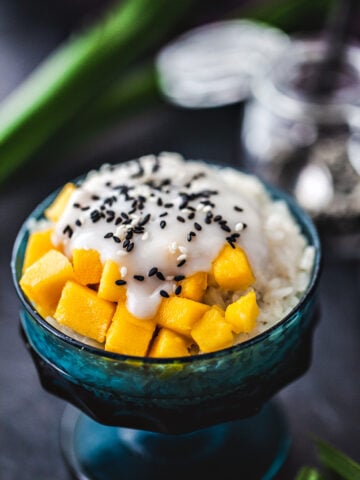
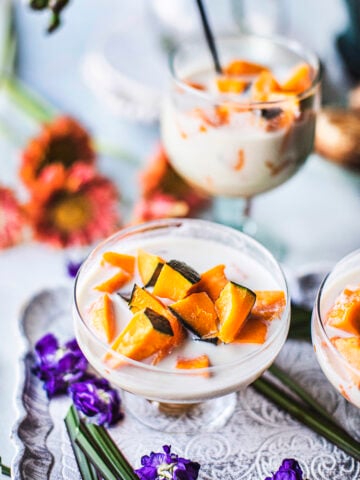



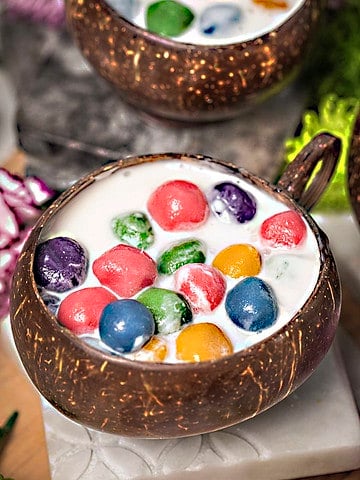
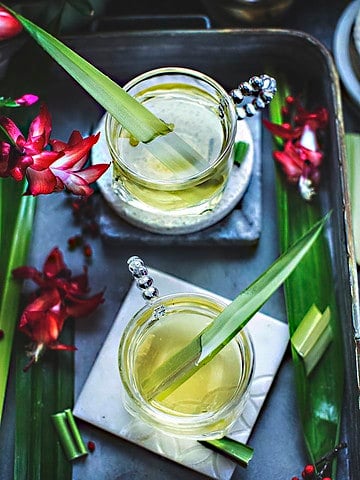
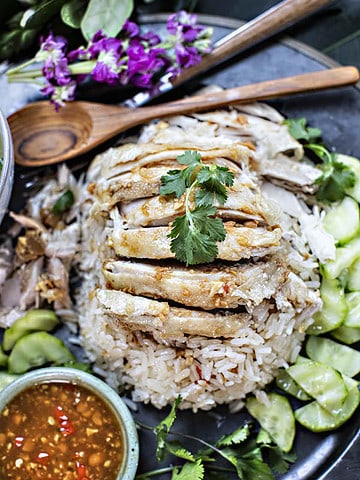
Leave a Reply